Lucio Fontana’s environments shed light on a lesser-known side of his oeuvre
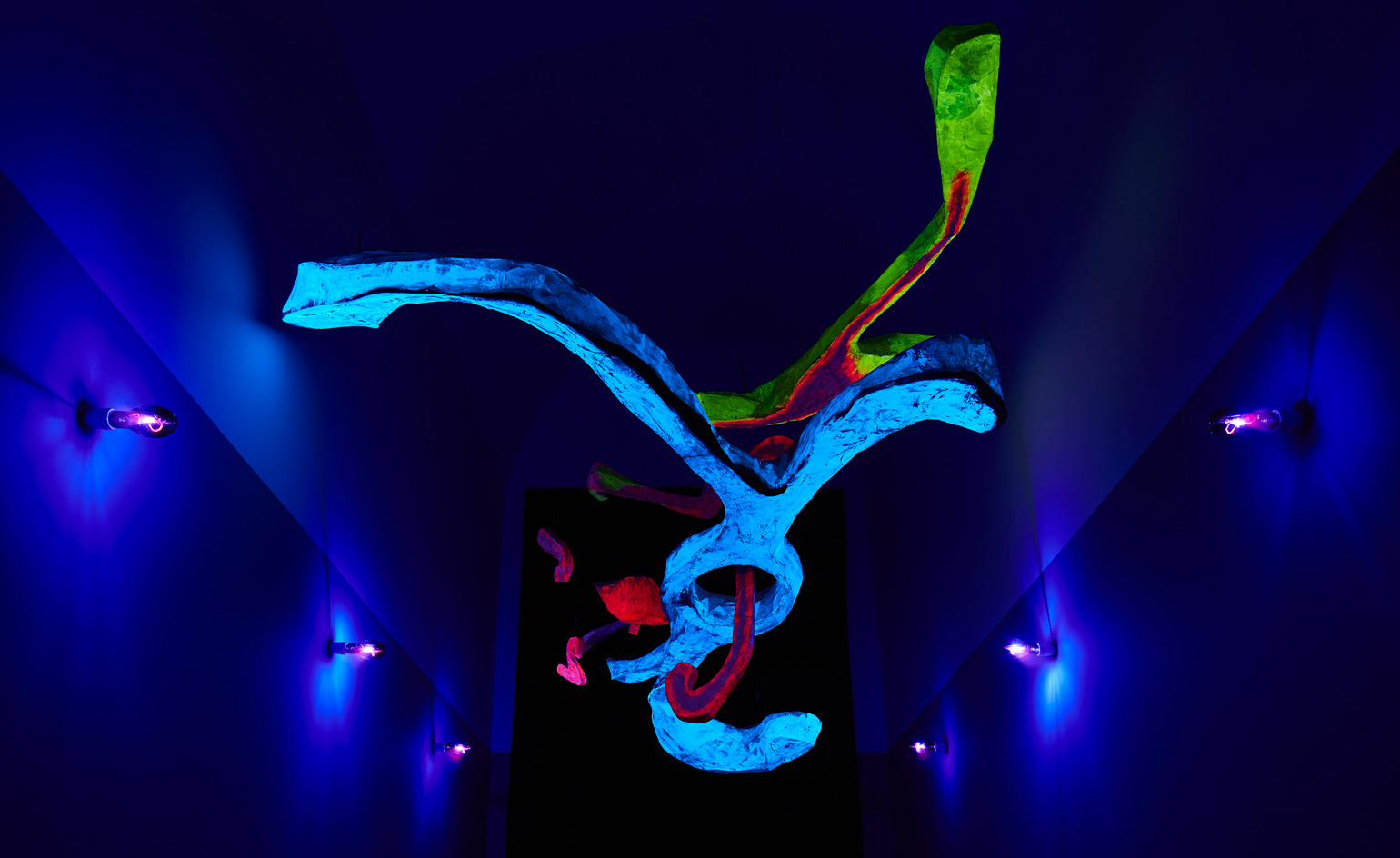
His slashed paintings of the 1950s remain one of the 20th century’s most influential bodies of artwork, but the unveiling of an almost forgotten series of Lucio Fontana’s earlier work in Milan could change the way the late Italian artist is perceived in the future.
In 1949, Fontana came up with an experimental ‘environment’, the first in a series of 15 Ambienti Spaziali (‘Spatial Environments’): labyrinths of light, installations that filled rooms and corridors. Exhibited at the Galleria del Naviglio in 1949, ‘Ambiente spaziale a luce nera’ centred on an organic shape, lit with neon in the centre of a dark room.
Created for specific spaces, all of the environments except one were deliberately destroyed as soon as an exhibition ended – conserving them was largely dismissed, since they were regarded as having no market value. Much of the documentation was also buried, meaning these works are little-known today, and Fontana’s status as the first installation artist has never been truly recognised.
In collaboration with Fondazione Lucio Fontana, art historian Marina Pugliese, art conservationist Barbara Ferriani and artistic director Vicente Todolí have rebuilt five of Fontana’s pioneering works of this ‘lost’ period for the first time, at Pirelli HangarBicocca in Milan. These are shown alongside a further four environments (and two additional installations which bookend the exhibition) that were loosely reconstructed in an ad hoc manner in 1972 for Fontana’s retrospective at Palazzo Reale, four years after his death in 1968.
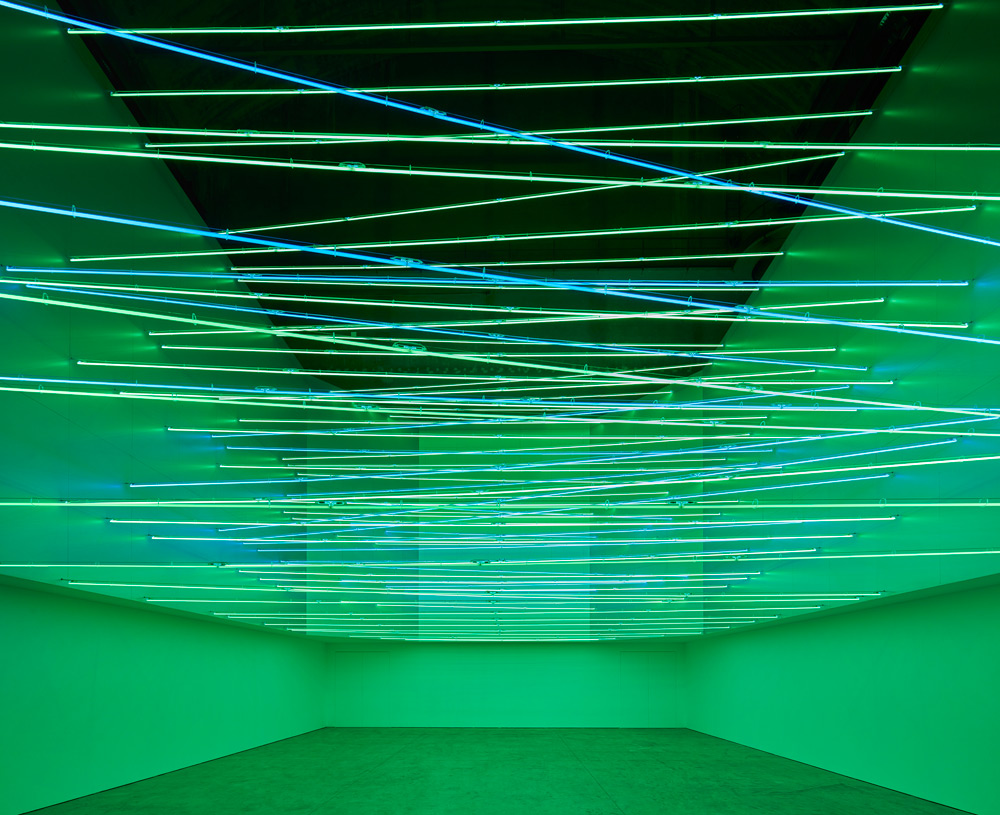
Installation view of Fonti di energia, soffitto al neon per ‘Italia 61’, a Torino, 1961/2017, at Pirelli HangarBicocca. Courtesy of Pirelli HangarBicocca, Milan. © Fondazione Lucio Fontana.
It is, therefore, the first time all of these environments have been presented together as one comprehensive cosmos of Fontana. Pugliese and Ferriani have gone to great lengths to ensure every detail of the environments – their original colours, lights and textures – have been adhered to, recreating the structures as they were then in a precise and accurate way. ‘If you change one element, it’s like changing the syntax,’ says Pugliese, who curated the exhibition after four years of research.
‘[It was] an entire piece of history that was lost,’ she continues. When Fontana produced his first environment installation in 1949, Pugliese says, it was ‘the most experimental segment of his body of work and he knew it, he was aware he had made a huge discovery – that he had invented a new medium’. However, she adds, Fontana was too far ahead of his time.
The artist wanted to create a second environment for the Venice Biennale, but his proposals were rejected twice in the 1950s, when there was no understanding of installation or environment art. It was only in 1960, 11 years later, that Fontana was able to realise a second installation at the Stedelijk Museum in Amsterdam. By this time, installation art had been co-opted by his American peers as the next big thing – a fact, Pugliese explains, that angered the Italian.
Created around the time Fontana founded the Spatialism movement, these neon-lit, rainbow-coloured and transcendental environments are undoubtedly his most engaging works. Thanks to this new research, they are now reproducible for posterity. ‘This,’ says Pugliese, ‘is a huge gift to Milan and the history of art.’
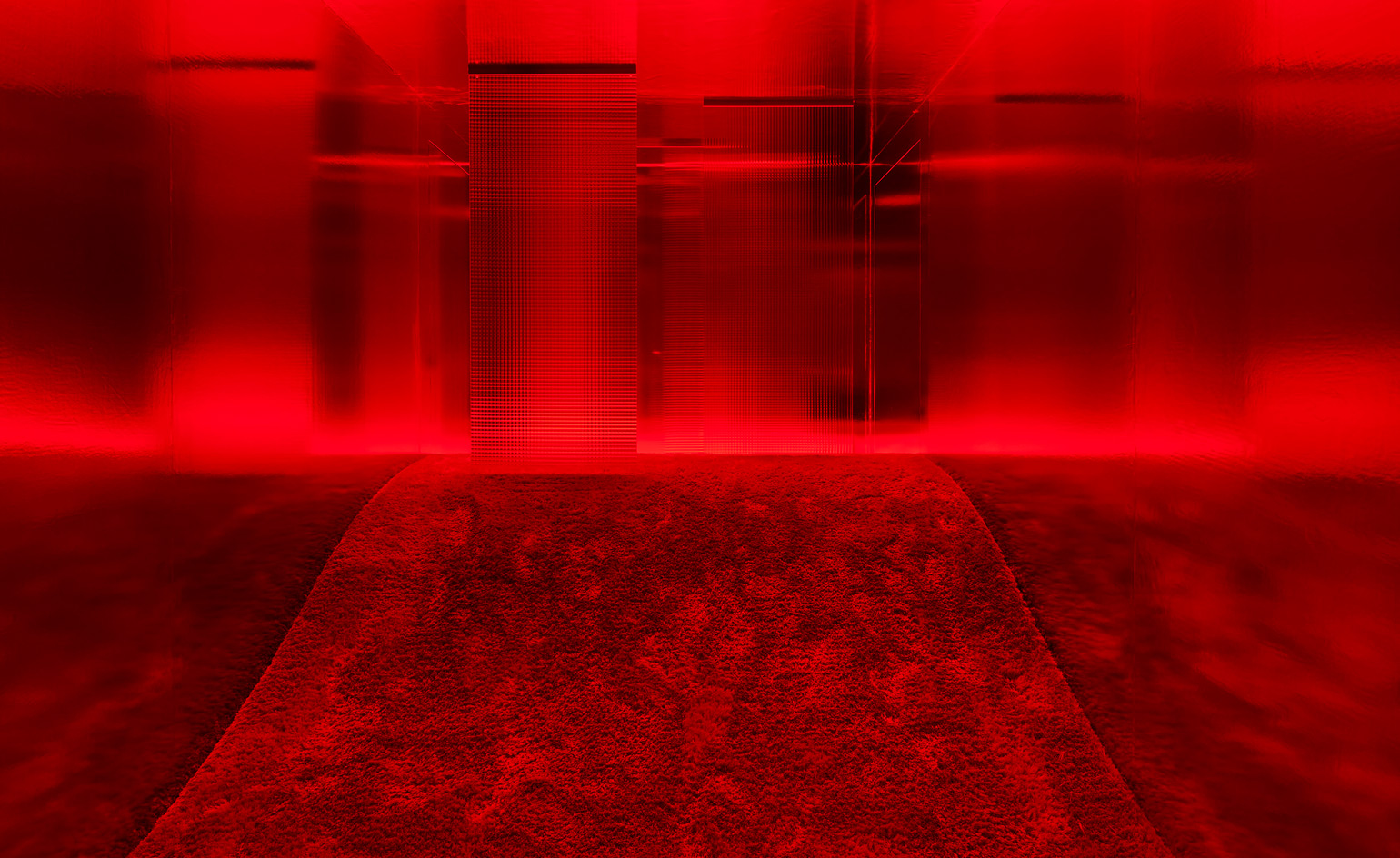
Ambiente spaziale: ‘Utopie’, nella XIII Triennale di Milano, 1964/2017, by Lucio Fontana. Courtesy of Pirelli HangarBicocca, Milan. © Fondazione Lucio Fontana.
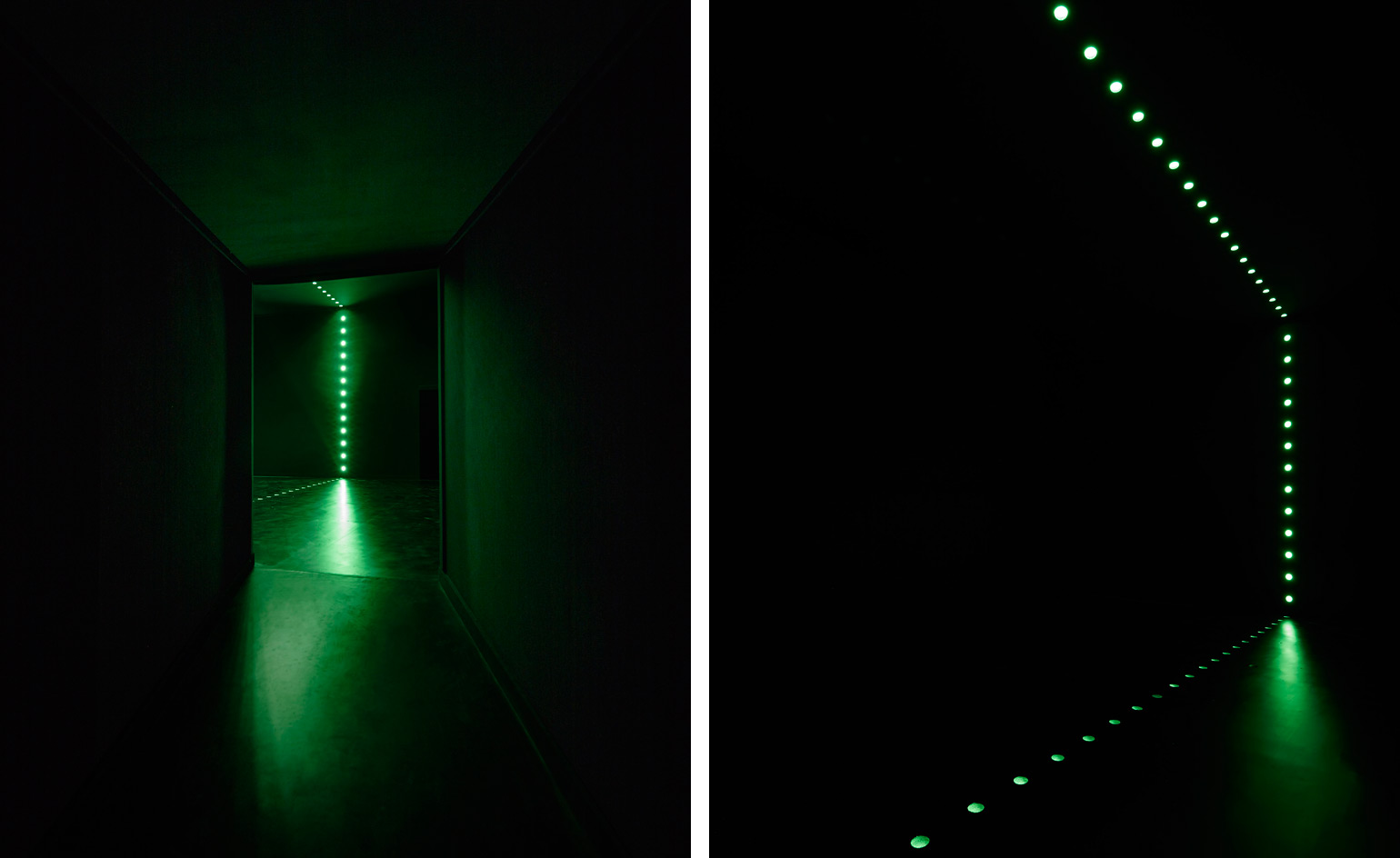
Ambiente spaziale, 1966/2017, by Lucio Fontana. Courtesy of Pirelli HangarBicocca, Milan. © Fondazione Lucio Fontana.
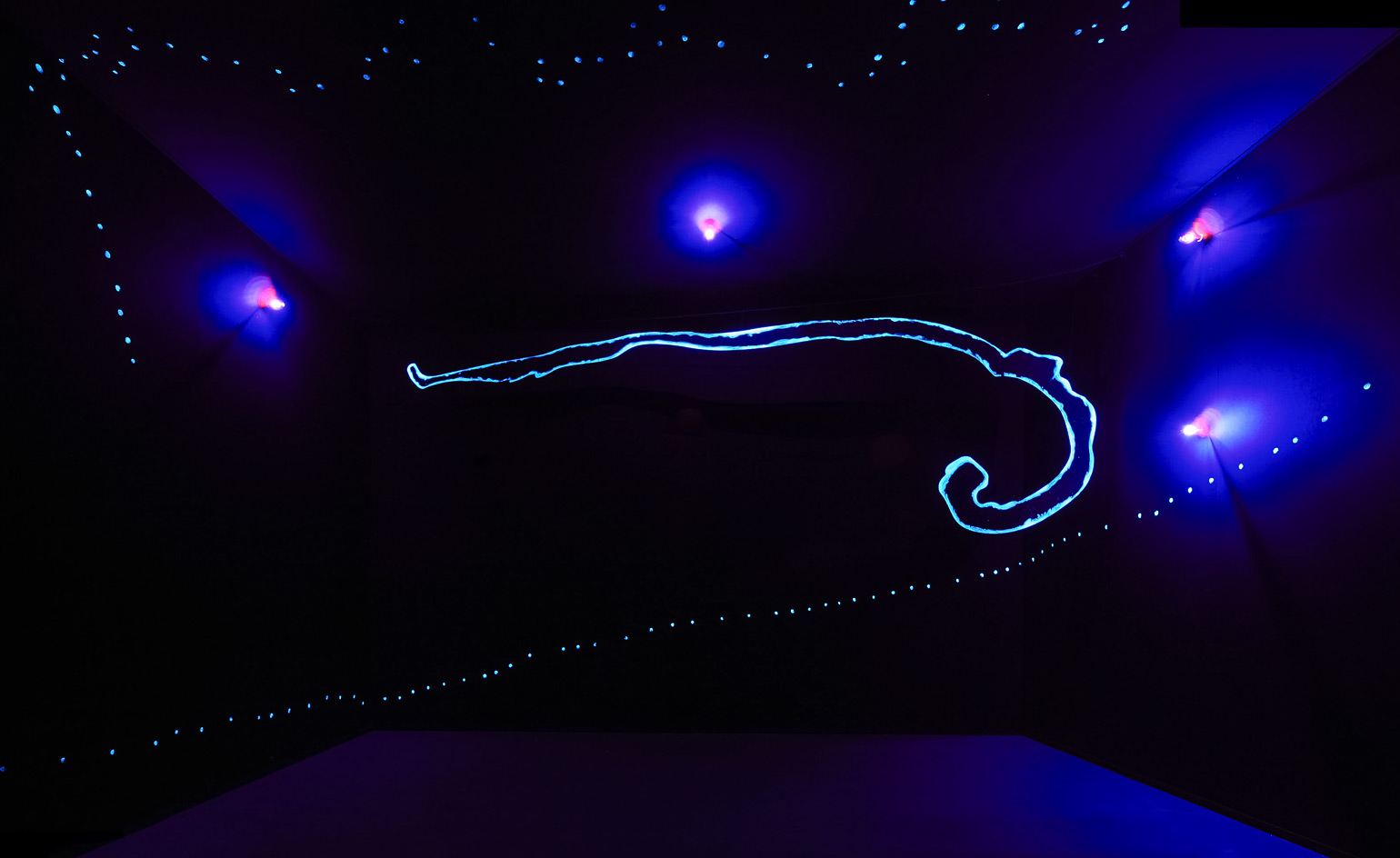
Ambiente spaziale, 1967/2017, by Lucio Fontana. Courtesy of Pirelli HangarBicocca, Milan. © Fondazione Lucio Fontana.
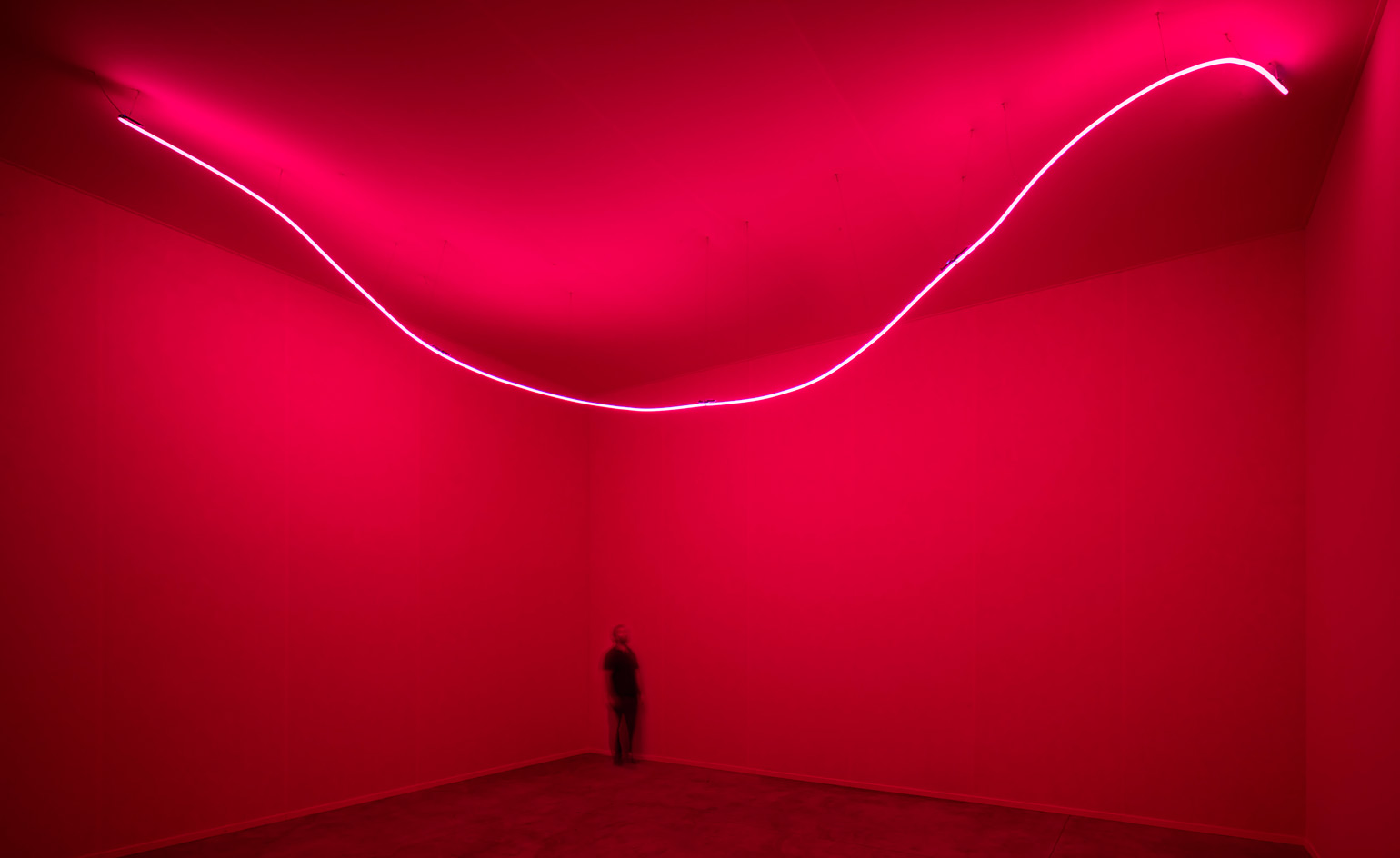
Ambiente spaziale con neon, 1967/2017, by Lucio Fontana. Courtesy of Pirelli HangarBicocca, Milan. © Fondazione Lucio Fontana.
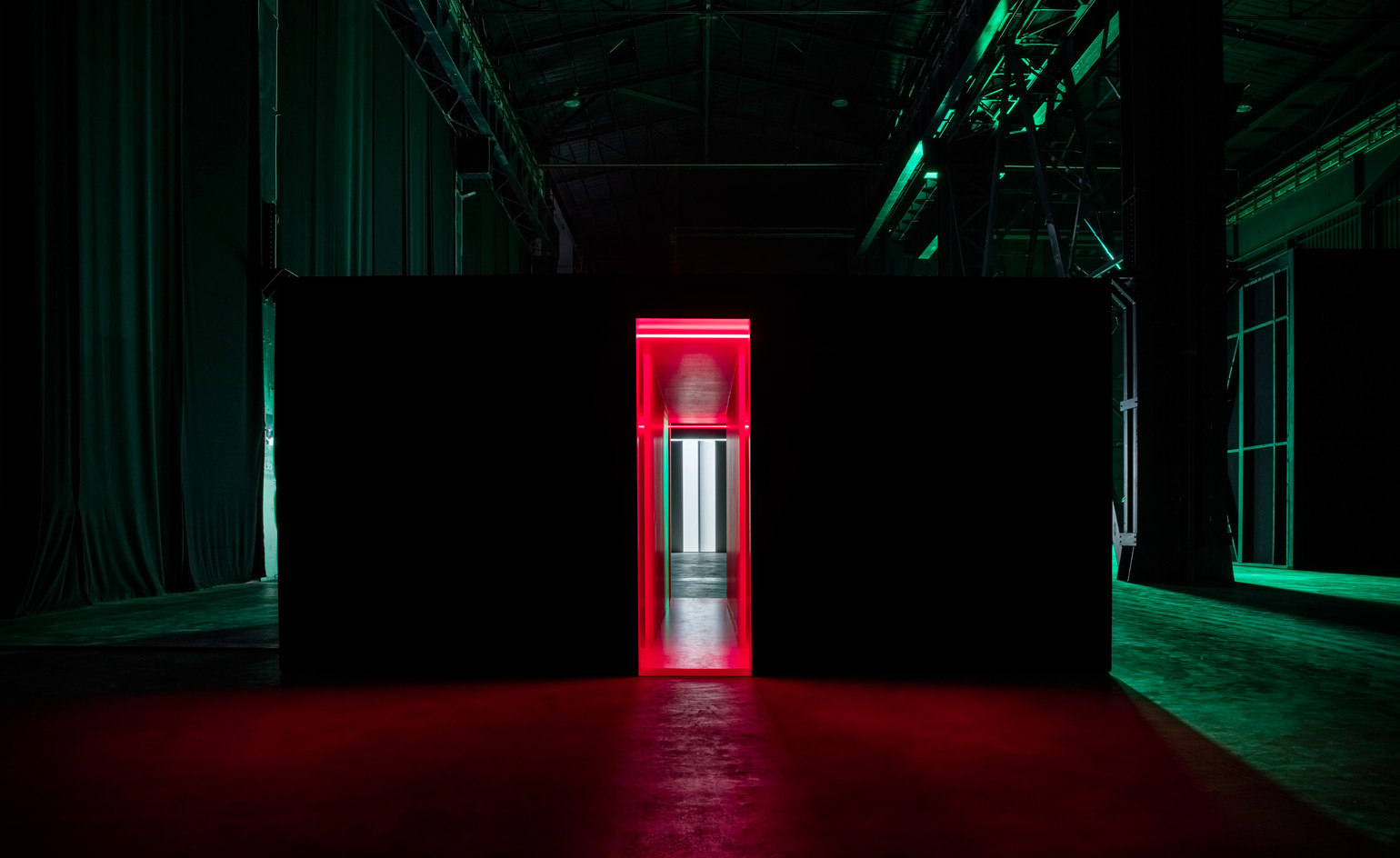
Fontana’s environments are staged in black industrial containers throughout the vast gallery. Courtesy of Pirelli HangarBicocca, Milan. © Fondazione Lucio Fontana.
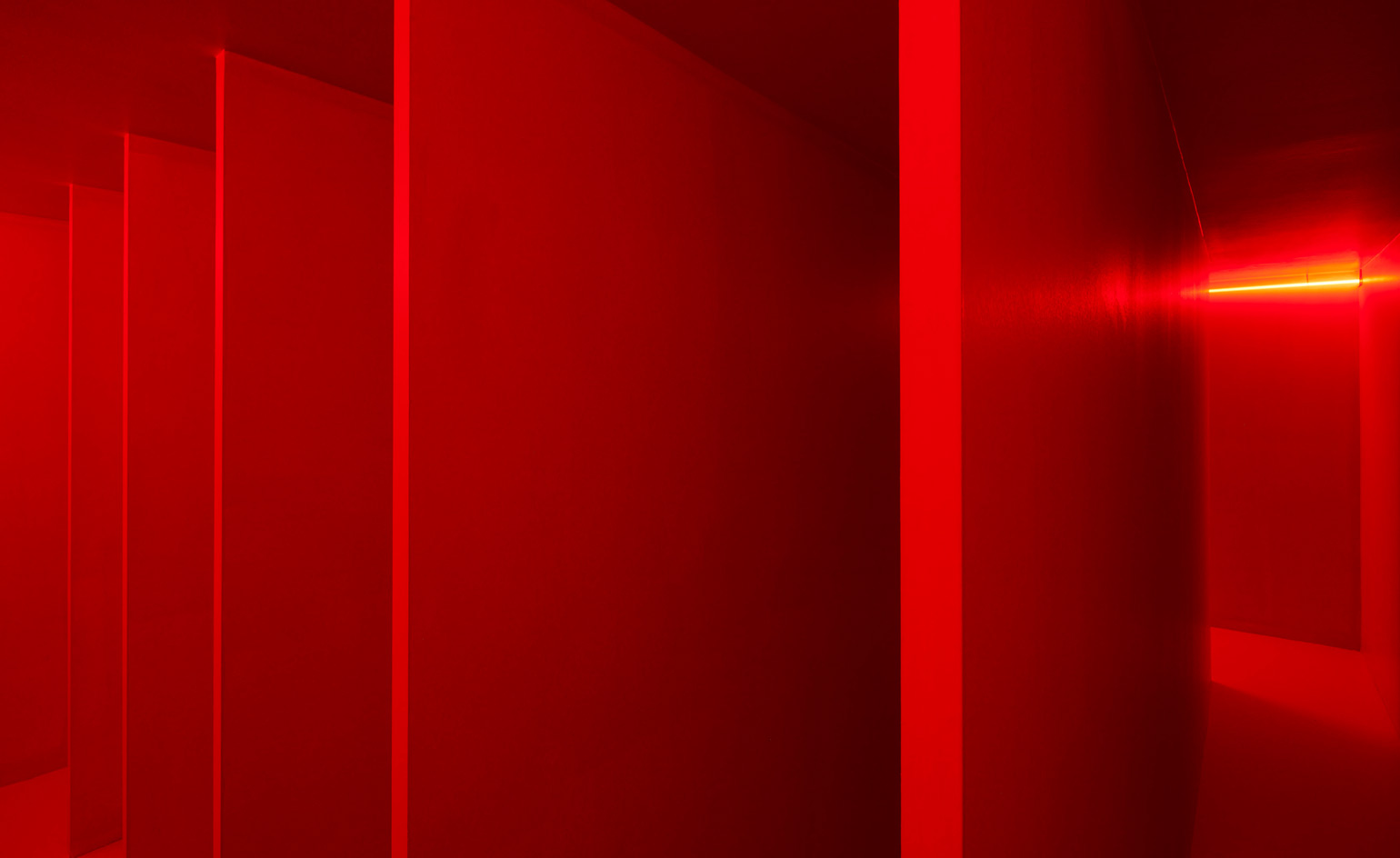
Ambiente spaziale a luce rossa, 1967/2017, by Lucio Fontana. Courtesy of Pirelli HangarBicocca, Milan. © Fondazione Lucio Fontana.
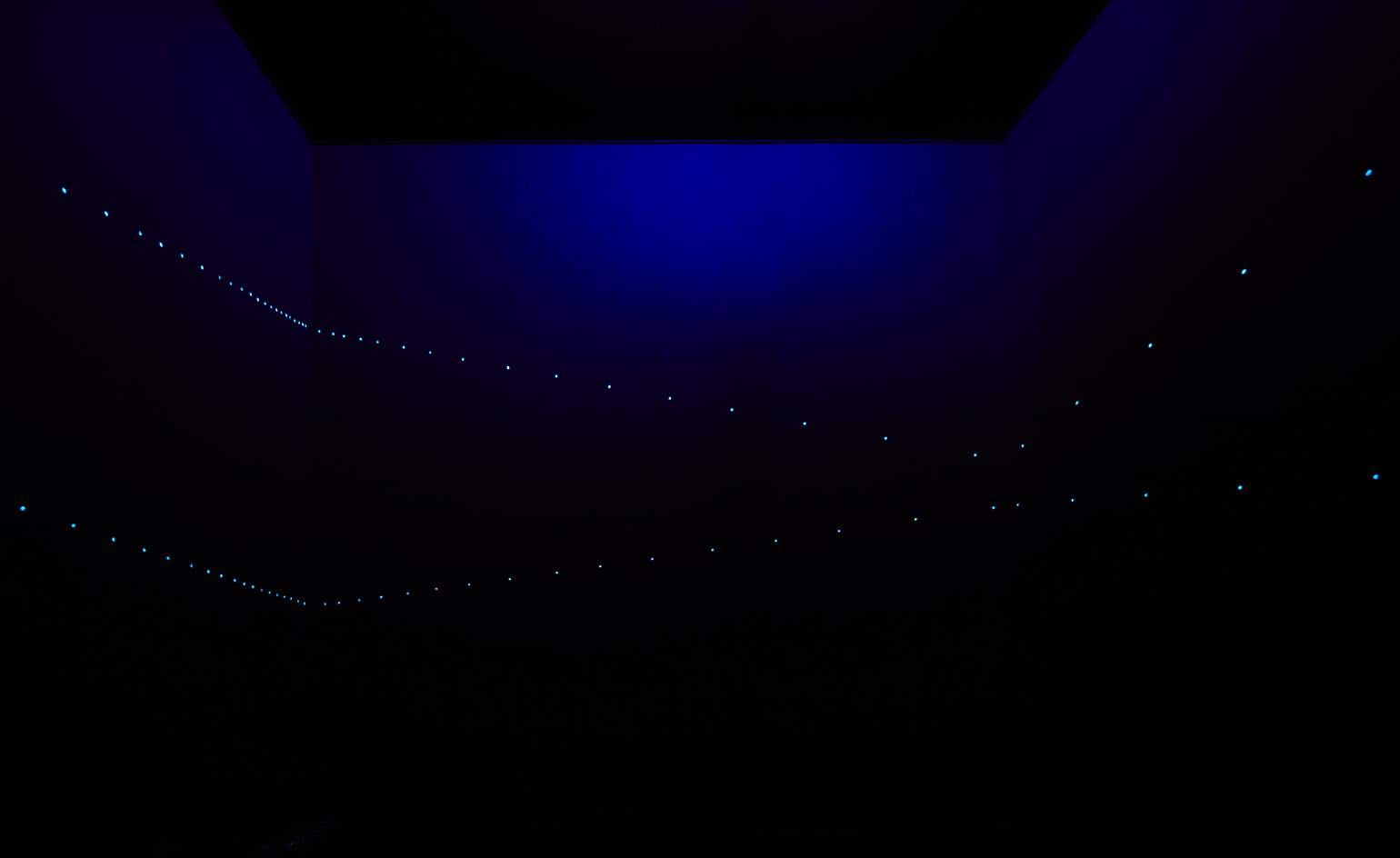
Ambiente spaziale, 1967/2017, by Lucio Fontana. Courtesy of Pirelli HangarBicocca, Milan. © Fondazione Lucio Fontana.
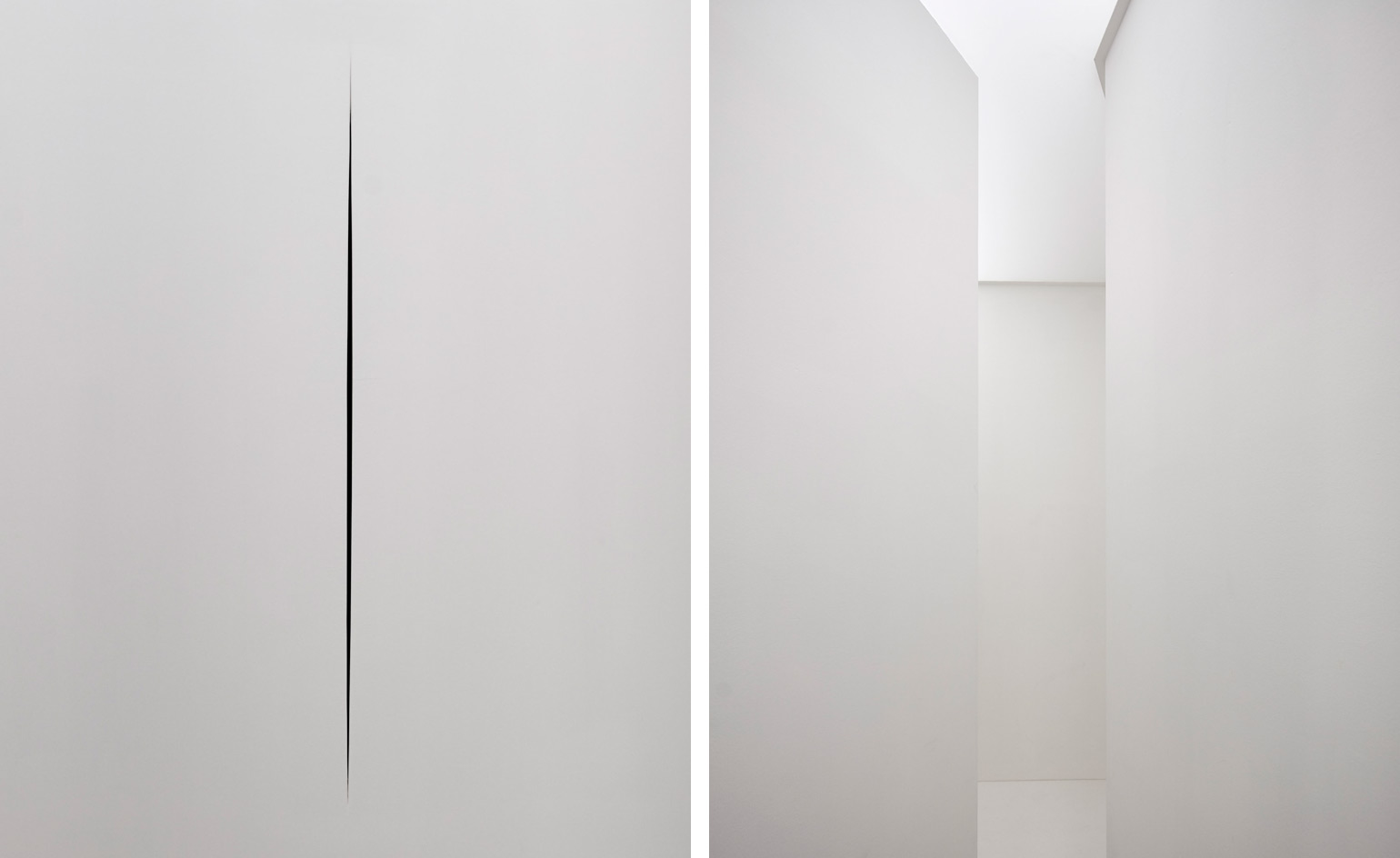
Ambiente spaziale in Dokumenta 4, a Kassel, 1968/2017, by Lucio Fontana. Courtesy of Pirelli HangarBicocca, Milan. © Fondazione Lucio Fontana.
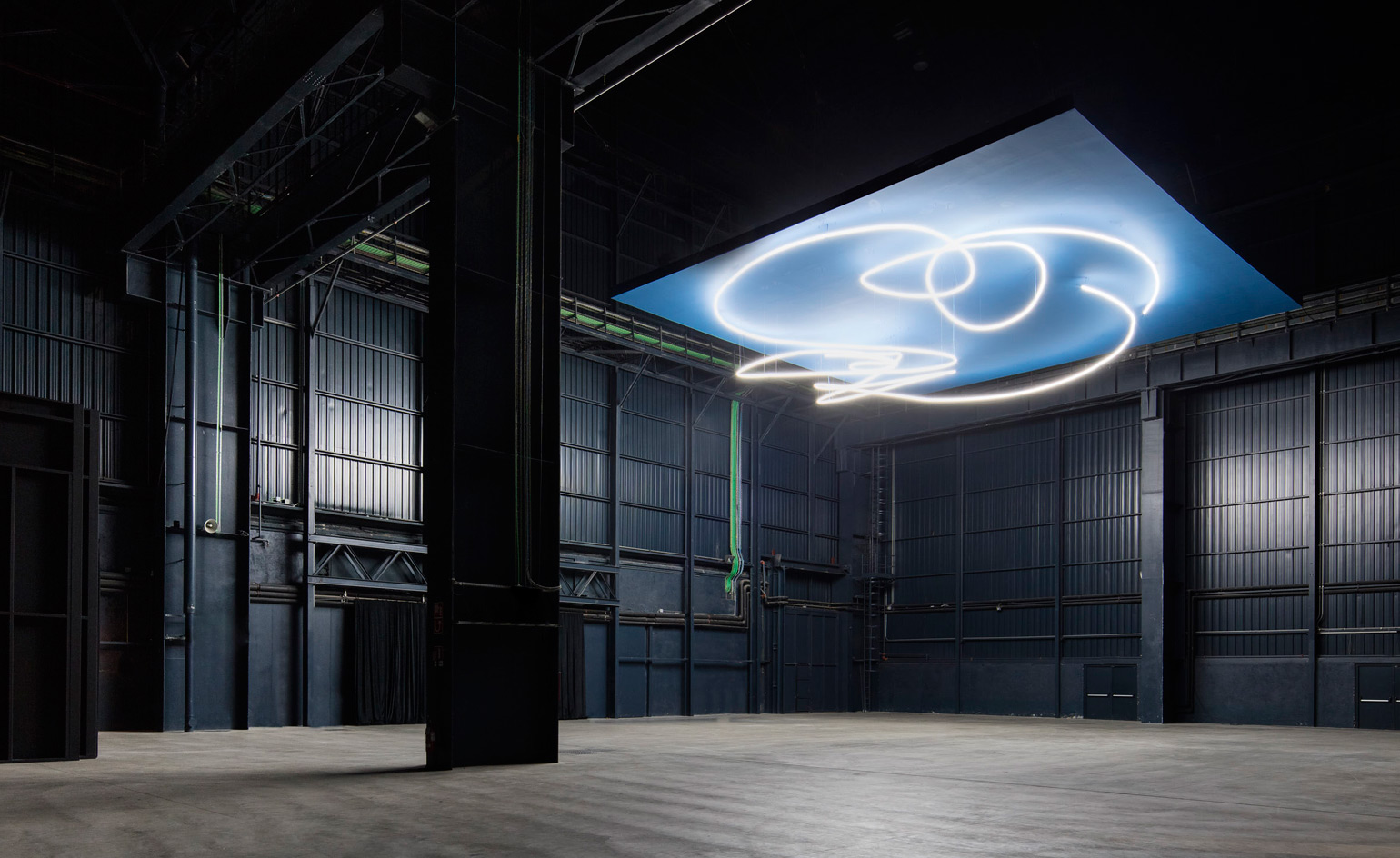
Fontana’s environments are bookended by two further installations, including Struttura al neon per la IX Triennale di Milano, 1951/2017. Courtesy of Pirelli HangarBicocca, Milan. © Fondazione Lucio Fontana.
INFORMATION
‘Ambienti/Environments’ is on view until 25 February 2018. For more information, visit the Pirelli HangarBicocca website
ADDRESS
HangarBicocca
Via Chiese 2
20126 Milan
Wallpaper* Newsletter
Receive our daily digest of inspiration, escapism and design stories from around the world direct to your inbox.
Charlotte Jansen is a journalist and the author of two books on photography, Girl on Girl (2017) and Photography Now (2021). She is commissioning editor at Elephant magazine and has written on contemporary art and culture for The Guardian, the Financial Times, ELLE, the British Journal of Photography, Frieze and Artsy. Jansen is also presenter of Dior Talks podcast series, The Female Gaze.
-
 All-In is the Paris-based label making full-force fashion for main character dressing
All-In is the Paris-based label making full-force fashion for main character dressingPart of our monthly Uprising series, Wallpaper* meets Benjamin Barron and Bror August Vestbø of All-In, the LVMH Prize-nominated label which bases its collections on a riotous cast of characters – real and imagined
By Orla Brennan
-
 Maserati joins forces with Giorgetti for a turbo-charged relationship
Maserati joins forces with Giorgetti for a turbo-charged relationshipAnnouncing their marriage during Milan Design Week, the brands unveiled a collection, a car and a long term commitment
By Hugo Macdonald
-
 Through an innovative new training program, Poltrona Frau aims to safeguard Italian craft
Through an innovative new training program, Poltrona Frau aims to safeguard Italian craftThe heritage furniture manufacturer is training a new generation of leather artisans
By Cristina Kiran Piotti
-
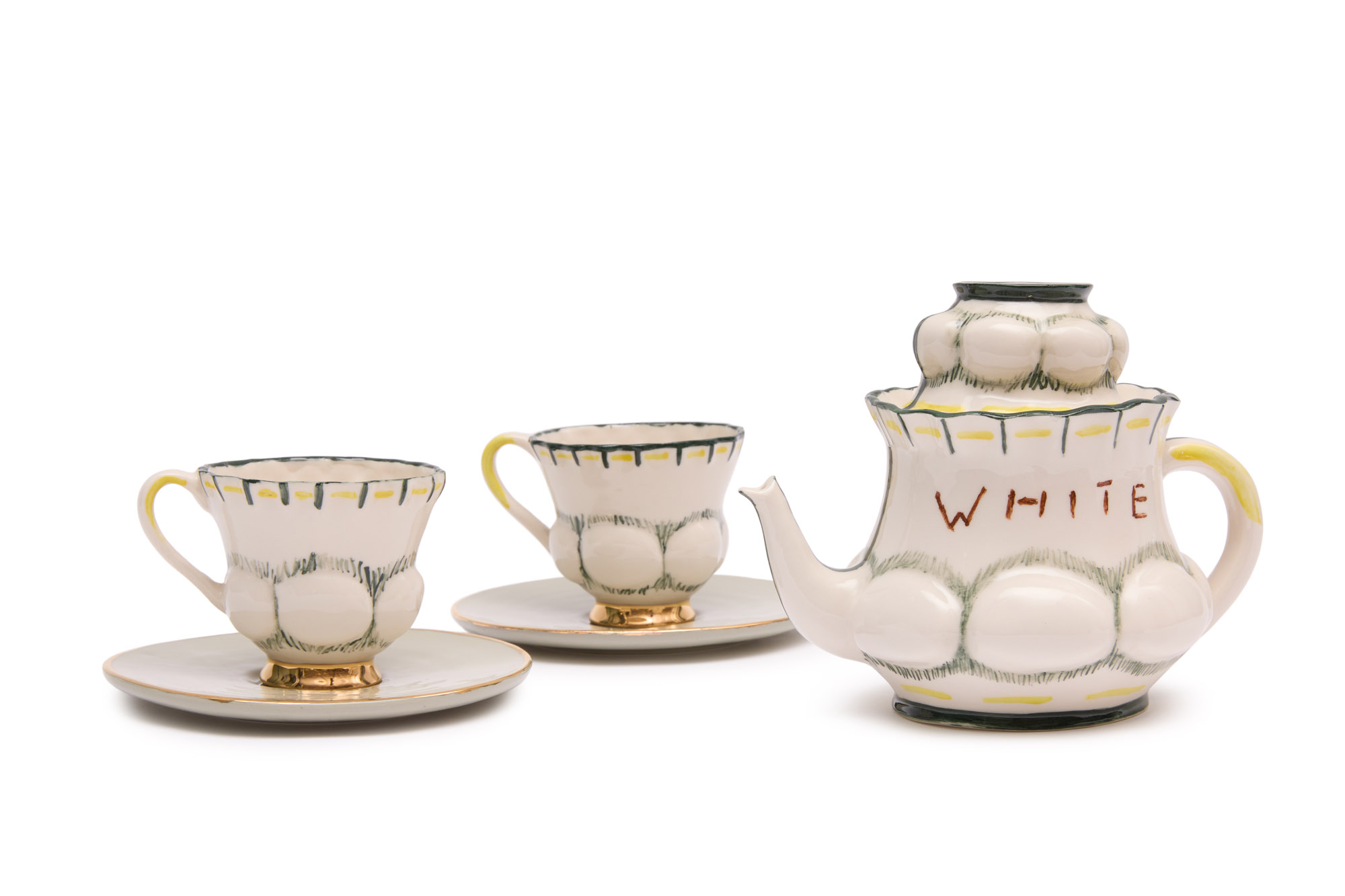 25 artists reimagine the teapot at Milan Design Week 2025
25 artists reimagine the teapot at Milan Design Week 2025Come to Loewe’s cross-cultural tea party: pots of fun in Milan as artists, designers and architects celebrate the universal comfort of tea
By Hannah Silver
-
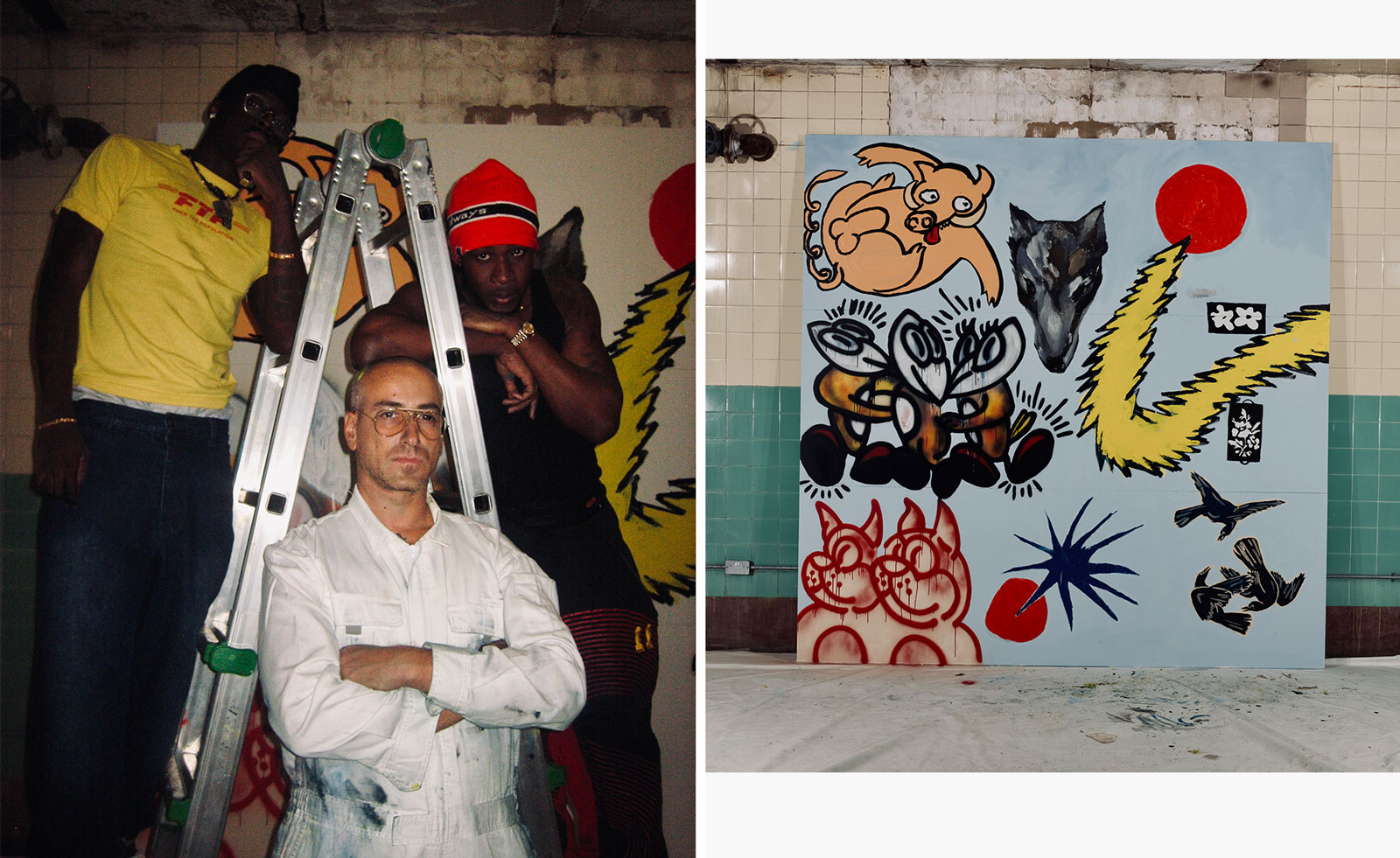 Inside the unexpected collaboration between Marni’s Francesco Risso and artists Slawn and Soldier
Inside the unexpected collaboration between Marni’s Francesco Risso and artists Slawn and SoldierNew exhibition ‘The Pink Sun’ will take place at Francesco Risso’s palazzo in Milan in collaboration with Saatchi Yates, opening after the Marni show today, 26 February
By Hannah Silver
-
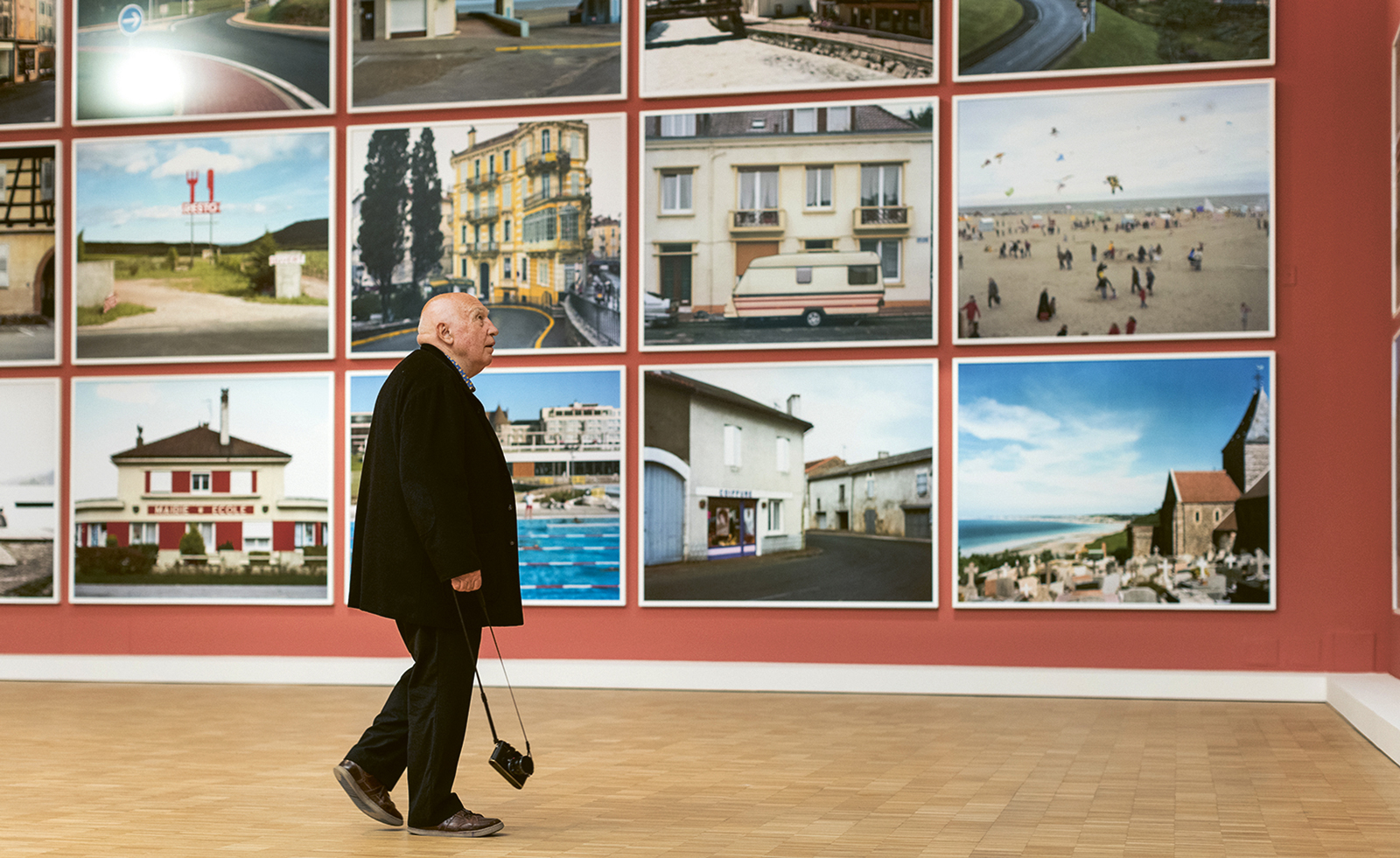 What makes fashion and art such good bedfellows?
What makes fashion and art such good bedfellows?There has always been a symbiosis between fashion and the art world. Here, we look at what makes the relationship such a successful one
By Amah-Rose Abrams
-
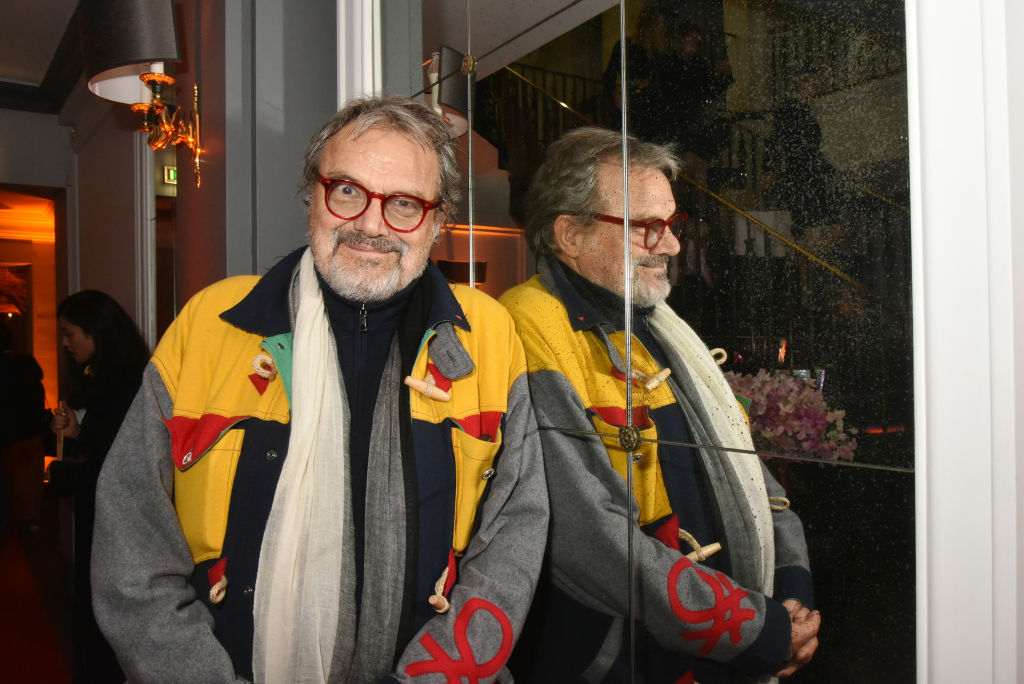 Remembering Oliviero Toscani, fashion photographer and author of provocative Benetton campaigns
Remembering Oliviero Toscani, fashion photographer and author of provocative Benetton campaignsBest known for the controversial adverts he shot for the Italian fashion brand, former art director Oliviero Toscani has died, aged 82
By Anna Solomon
-
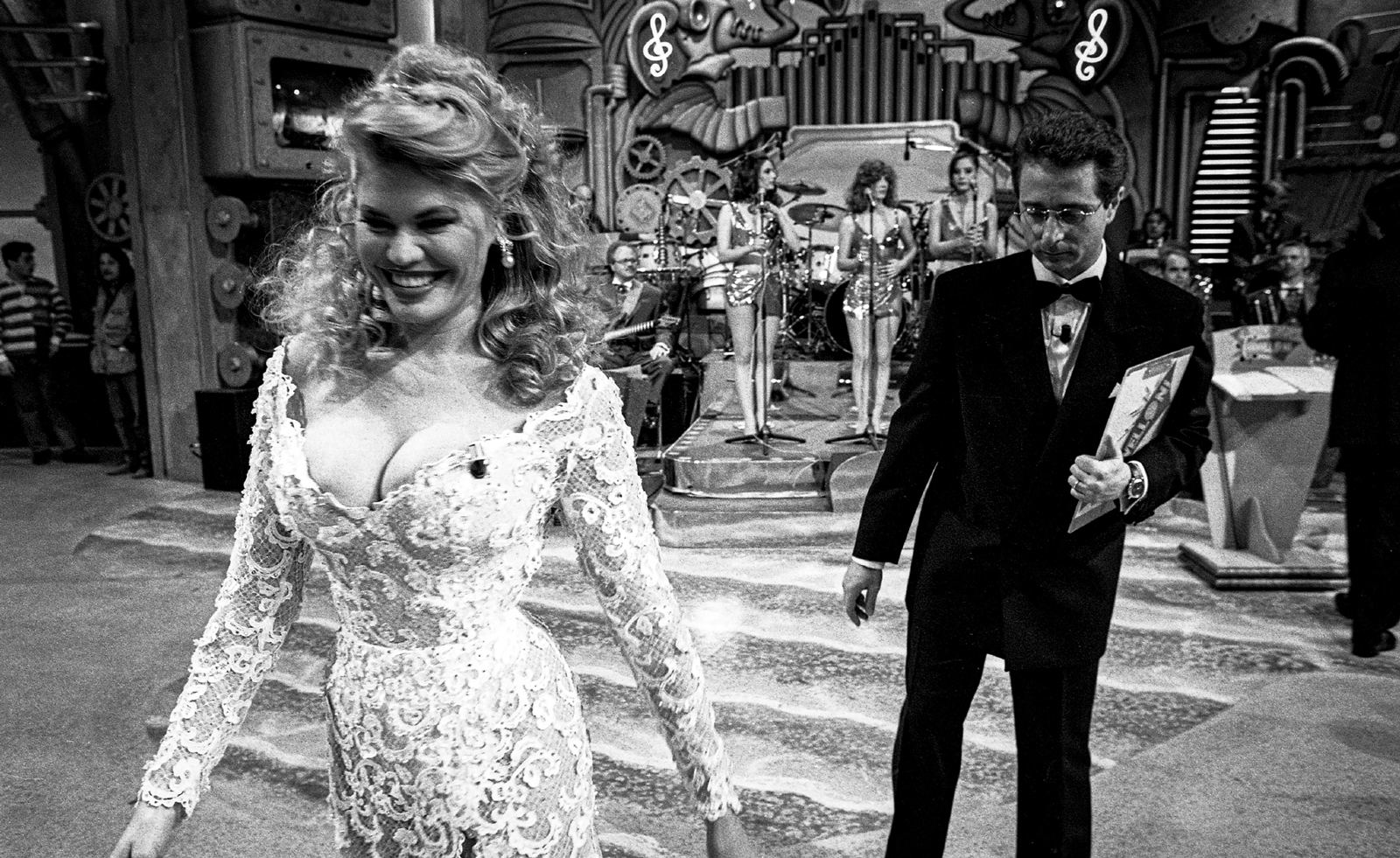 Distracting decadence: how Silvio Berlusconi’s legacy shaped Italian TV
Distracting decadence: how Silvio Berlusconi’s legacy shaped Italian TVStefano De Luigi's monograph Televisiva examines how Berlusconi’s empire reshaped Italian TV, and subsequently infiltrated the premiership
By Zoe Whitfield
-
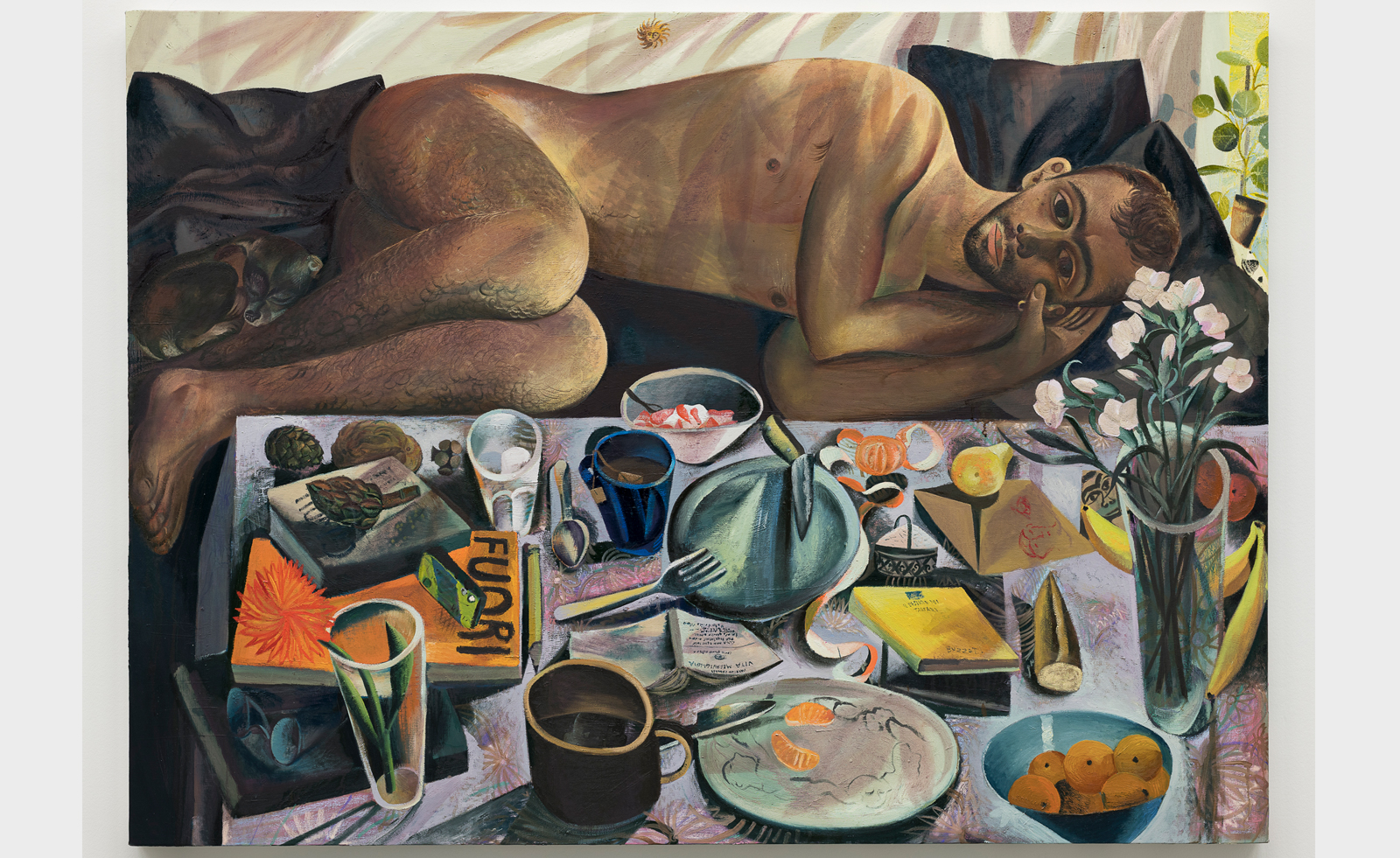 Louis Fratino leans into queer cultural history in Italy
Louis Fratino leans into queer cultural history in ItalyLouis Fratino’s 'Satura', on view at the Centro Pecci in Italy, engages with queer history, Italian landscapes and the body itself
By Sam Moore
-
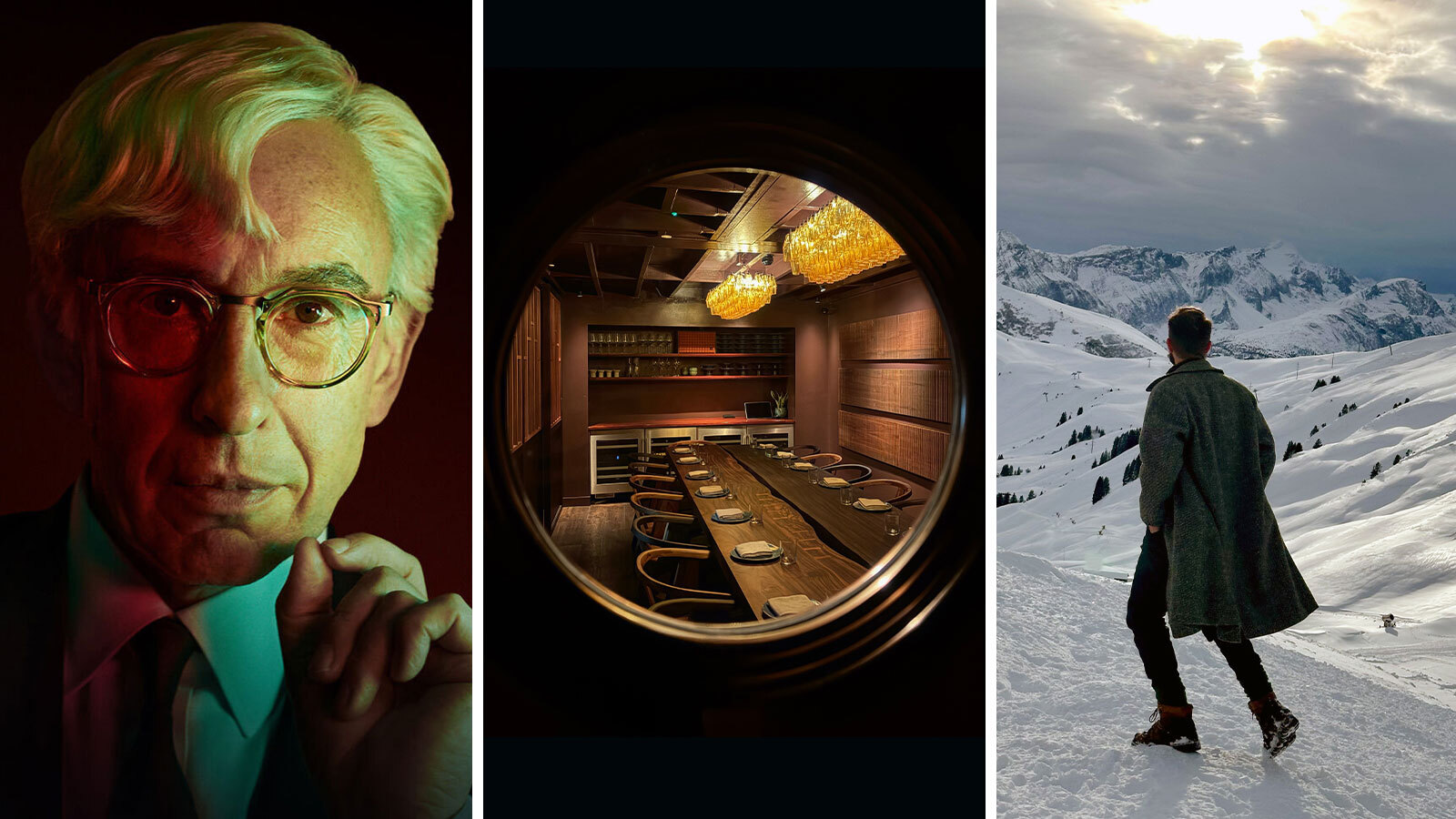 Out of office: what the Wallpaper* editors have been doing this week
Out of office: what the Wallpaper* editors have been doing this weekA snowy Swiss Alpine sleepover, a design book fest in Milan, and a night with Steve Coogan in London – our editors' out-of-hours adventures this week
By Bill Prince
-
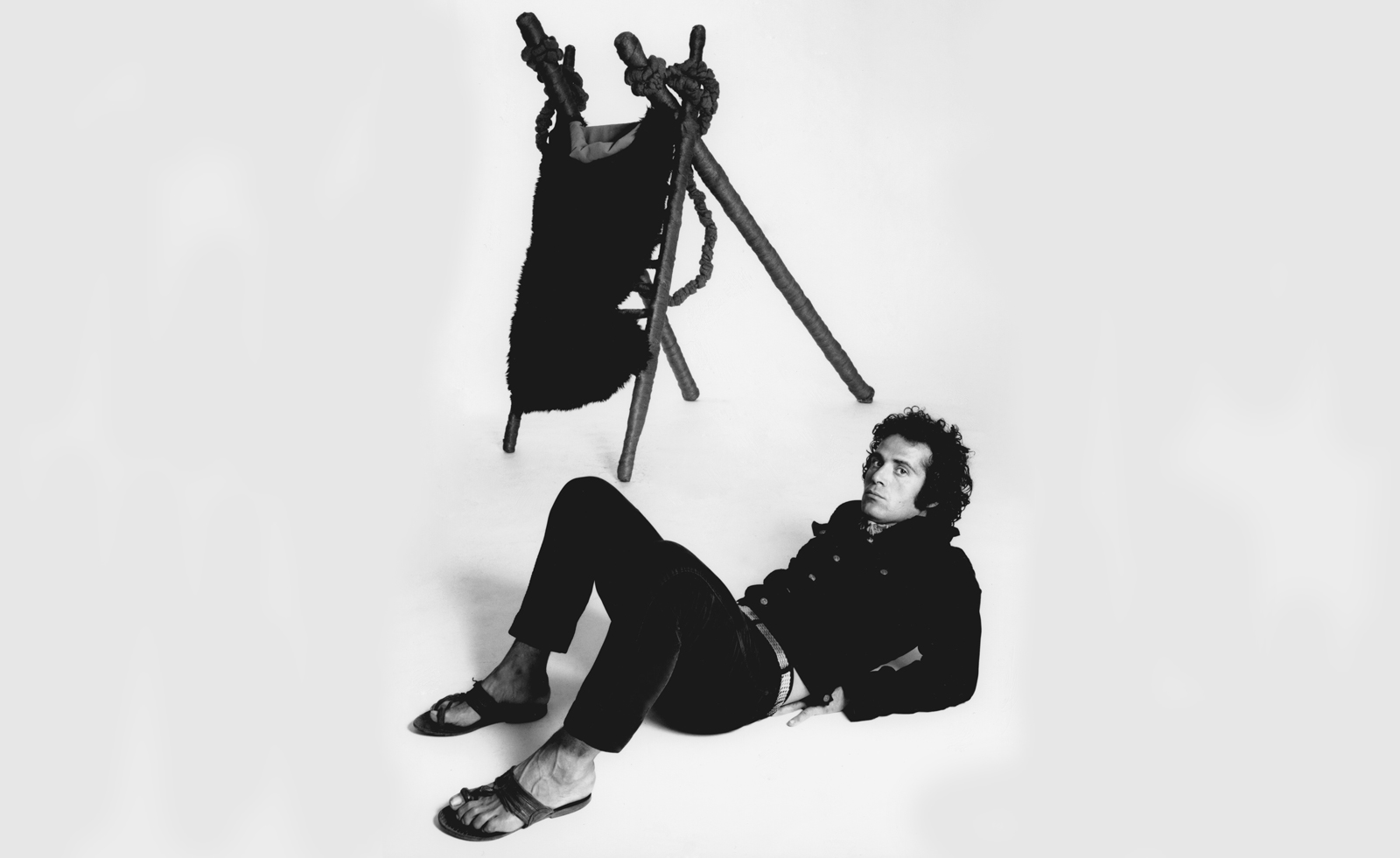 Pino Pascali’s brief and brilliant life celebrated at Fondazione Prada
Pino Pascali’s brief and brilliant life celebrated at Fondazione PradaMilan’s Fondazione Prada honours Italian artist Pino Pascali, dedicating four of its expansive main show spaces to an exhibition of his work
By Kasia Maciejowska